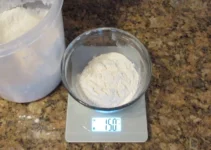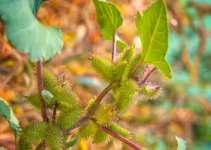Bread is an everyday breakfast food item, but sometimes white patches start to appear on it, leaving you wondering whether these are flour or mold.
If you notice white spots on the bread, this could be mold or flour. White mold on bread may seem like small dull white spots with hints of green that grow over time, produce an unpleasant smell, and are hazardous for health. Flour, however, has a smooth texture with a brighter color than mold and is safe to consume.
To help you avoid health risks, we will talk about white mold on bread, including its root causes, detection methods, and recommendations on what to do about it.
What Is the White Stuff on Bread Buns?
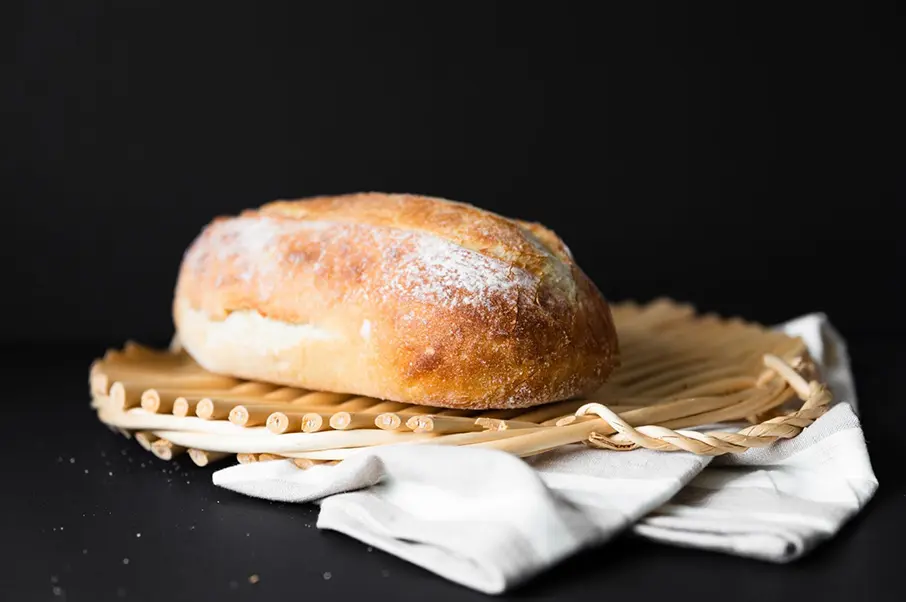
The white substance on the bread loaf can either be mold or flour. Bakers often sprinkle white flour on the artisan loaves’ top and bottom for a rustic appearance and smooth texture.
Another possibility is growing white mold on bread that appears as small dull white spots that expand with time and produce unpleasant smells, making it hazardous to consume.
How To Determine Whether the White Spots Are Mold or Flour?
To determine whether the white spots on bread are mold or flour, scrap them with your finger and examine their appearance and growth. If they are powdery and seem bright white, then it is flour. Otherwise, these marks are molds that are dull in color and feel stiff.
Let’s discuss the above methods and a few others to distinguish between flour and white mold on bread.
1. Scrape the White Substance
You can use your finger to scrape off the white spots to differentiate between flour and white mold on bread. If the substance feels powdery and refined, it’s likely to be flour. But if it remains intact, comes out in one piece, and doesn’t feel powdery, then it’s probably mold.
2. Examine the Physical Characteristics
Another way is to inspect the appearance of these patches. If the marks are bright white, they are likely flour, but the spots that appear dull white with a green or blue tint are definitely mold.
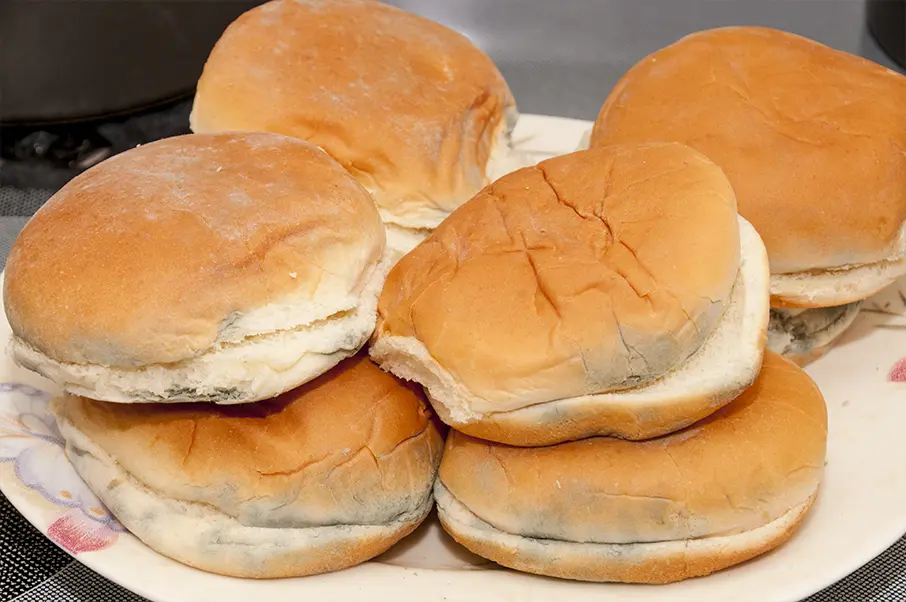
Furthermore, check for the extent of the spots and their growth. Flour marks are confined to a specific area on the bread and remain unchanged over time. In contrast, mold spots continue to spread and become more visible.
3. Assess the Odor
White spots on bread that smell neutral are most likely flour, but mold is present if the loaf produces a musty or unpleasant odor.
Note: Assessing the odor may not be the most reliable way to determine whether the white spots on bread are mold or flour. So, It’s best to use multiple methods, such as examining appearance and texture.
What Causes White Molds on Bread?
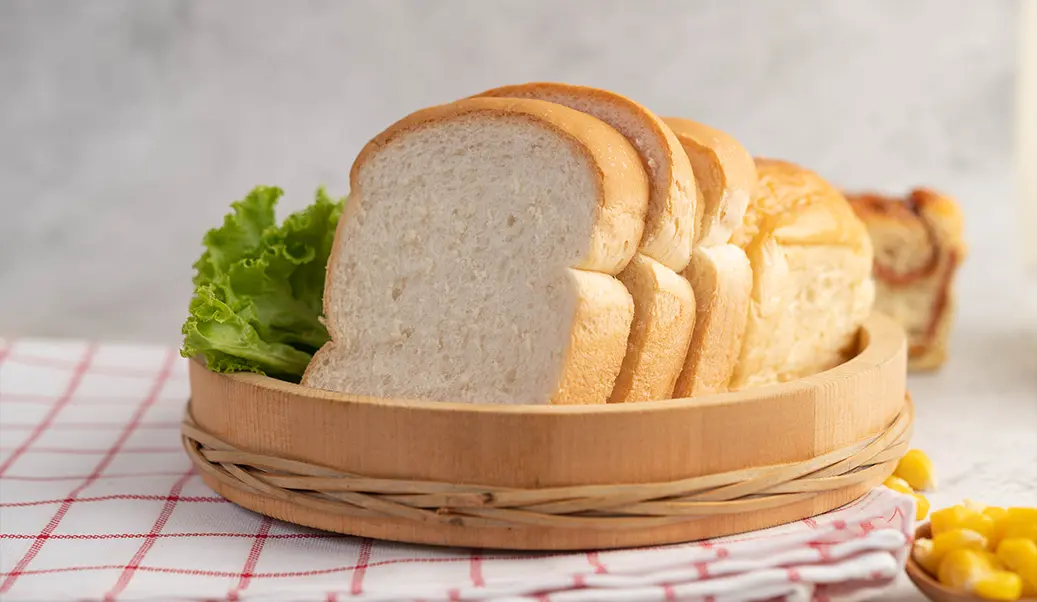
White mold on bread develops when you do not store it correctly, such as by keeping it in moist environments or balmy conditions for too long. Mold tends to flourish in warm environments where temperatures range from 60 to 80 ℉.
How to Prevent Mold Growing on Bread?
To prevent mold growth on bread, store it in airtight containers away from heat, and always prefer to buy ones with added harmless preservatives for better shelf life.
Let’s discuss these solutions individually and other ways to prevent white mold on bread.
1. Use a Bread Box
A bread box provides chilly and moist-free conditions for the bread, which can prevent mold growth. However, use considerably large containers and avoid overloading to provide sufficient airflow to the food inside.
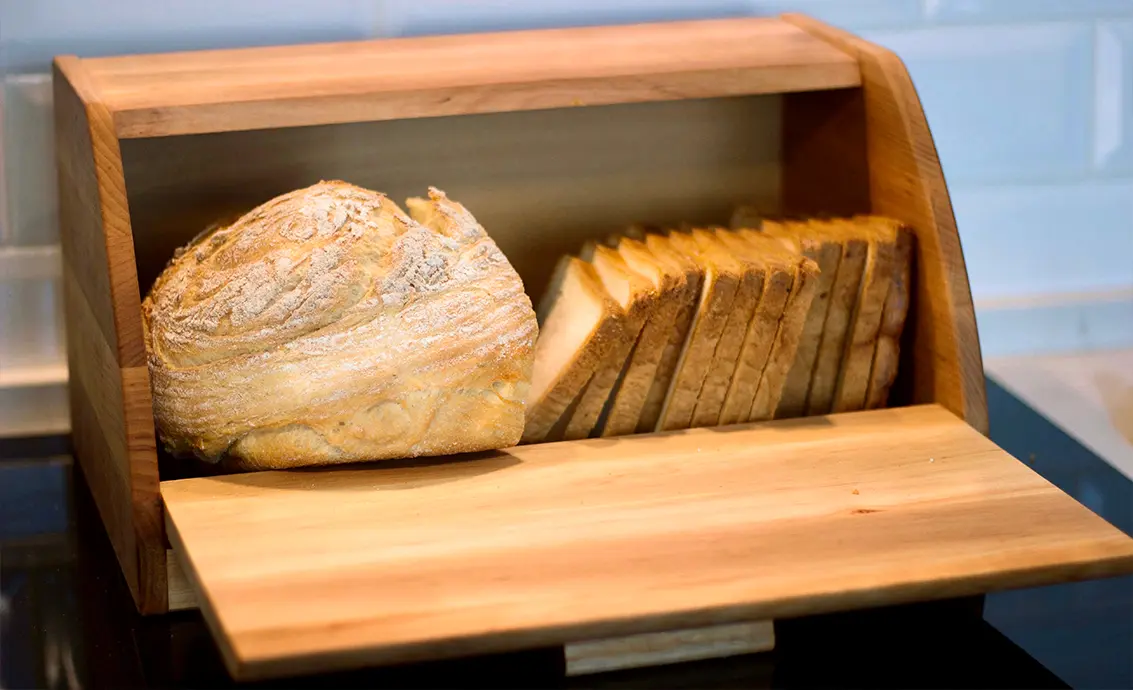
Warning: Do not store bread in plastic bags, as they can trap moisture and increase the chances of mold growth.
2. Refrigerate Your Bread
If you live in a hot and damp climate, it’s better to refrigerate the leftover bread to prevent mold growth and extend its shelf life.
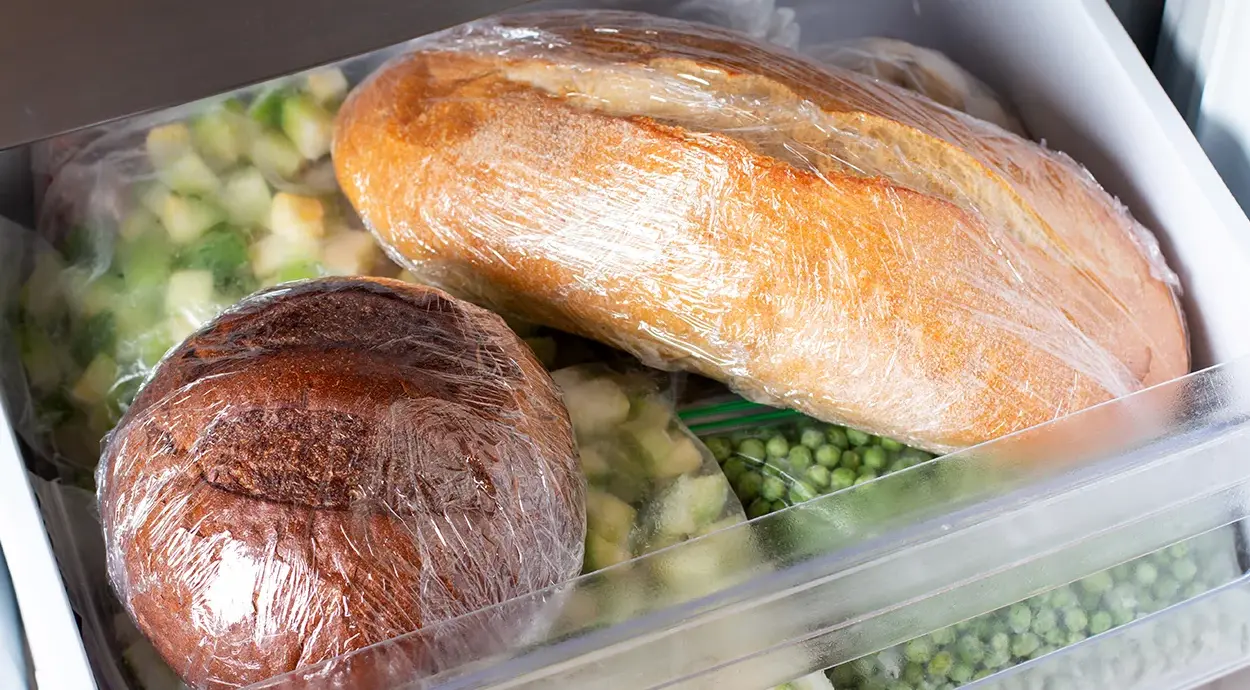
NOTE: Make sure your refrigerator’s Freon is not leaking before storing bread in it. Otherwise, your bread will go moldy due to the excess moisture in the refrigerator.
3. Choose Bread With Preservatives
Homemade bread typically lacks preservatives that are often present in store-bought bread.
Therefore, it’s crucial to take extra care of ones made at home by storing them in a cool place and an air-tight box.
On the other hand, checking the expiration date for off-the-shelf bread, keeping it away from heat, and discarding it when expired are also essential to prevent mold growth and to keep your health in check.
Is White Mold on Bread Bad for You?
Consuming bread with white mold is not the best option you choose for your health. Mold produces mycotoxins, which can harm your body when ingested and cause various problems, including allergic reactions and issues with the respiratory system.
Once you notice signs of white mold, discarding the entire loaf is the only way to avoid potential health risks.
What Should I Do if I Ate Moldy Bread?
Accidentally consuming moldy bread may not cause significant harm, as your body’s immune system should be able to handle it.
However, immediately seek medical attention if you notice symptoms such as nausea, diarrhea, abdominal pain, or difficulty breathing.
Can You Eat Moldy Bread if You Toast It?
Although heat produced when toasting to increase the cooking time of the white moldy bread could stop the fungi growth, it does not remove the mycotoxins already released and is harmful to your health.
Furthermore, when you toast moldy bread, this could cause mold spores to become airborne, contaminating the toaster and other food products in the kitchen. The taste will remain musty even if you remove the moldy part and then toast the bread.
What Type of Mold Is White on Bread?
Penicillium sp. is a common type of bread mold that often appears as fuzzy patches light in color, typically white, gray, or blue. Unlike other molds, this one can grow in colder temperatures, and you may find it on bread loaves stored in the refrigerator.
Therefore, once white mold is detected, put the bread in a paper bag, wrap it in plastic, and dispose of it in a covered trash can.
Conclusion
In this article, we have discussed white mold on bread and how it differentiates from white flour spots. We have also provided tips and tricks for identifying mold growth, including ways to prevent it by storing the bread correctly.
We hope that by following the guidelines in this article, you can now check and enjoy fresh and healthy bread free from harmful white mold.


